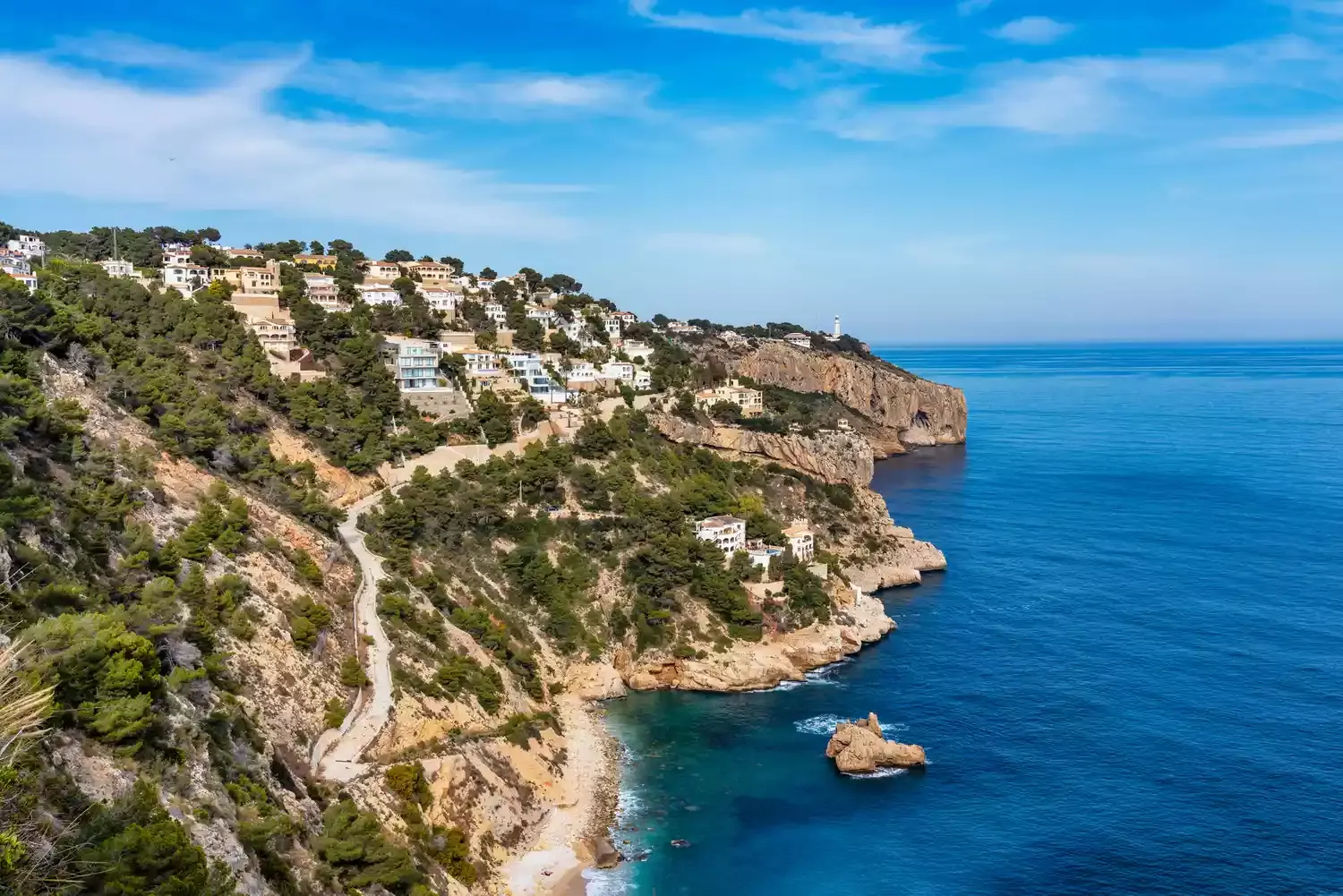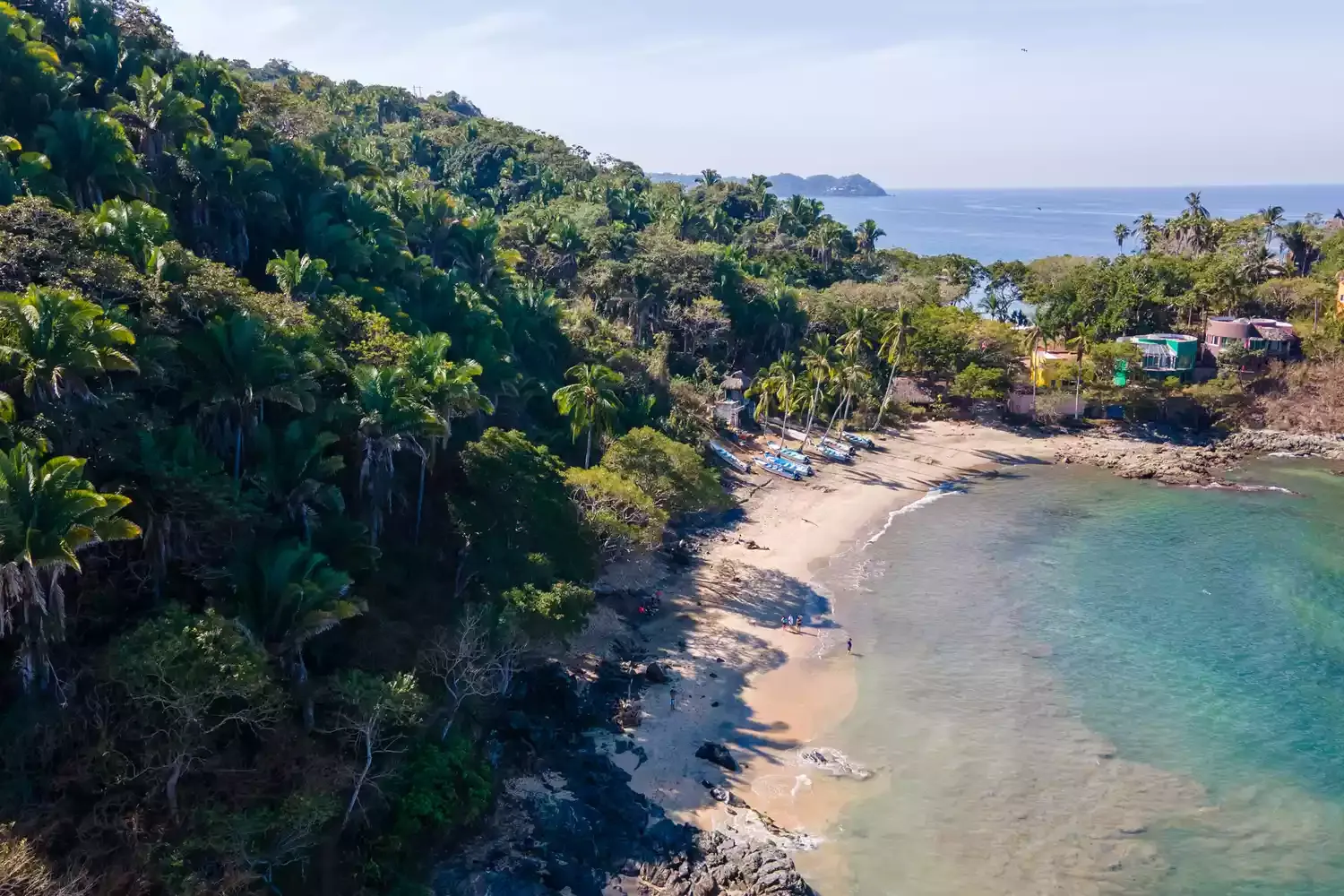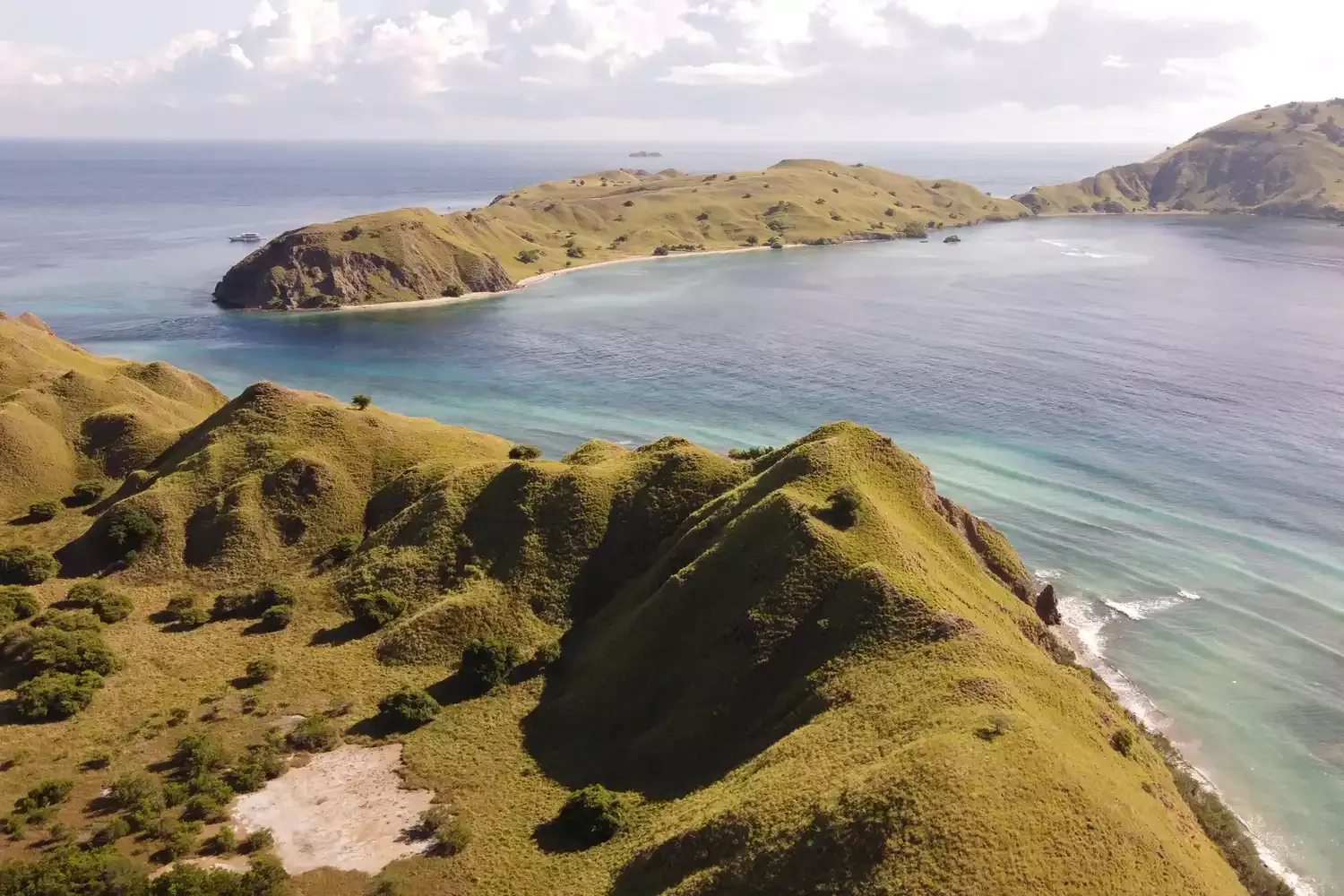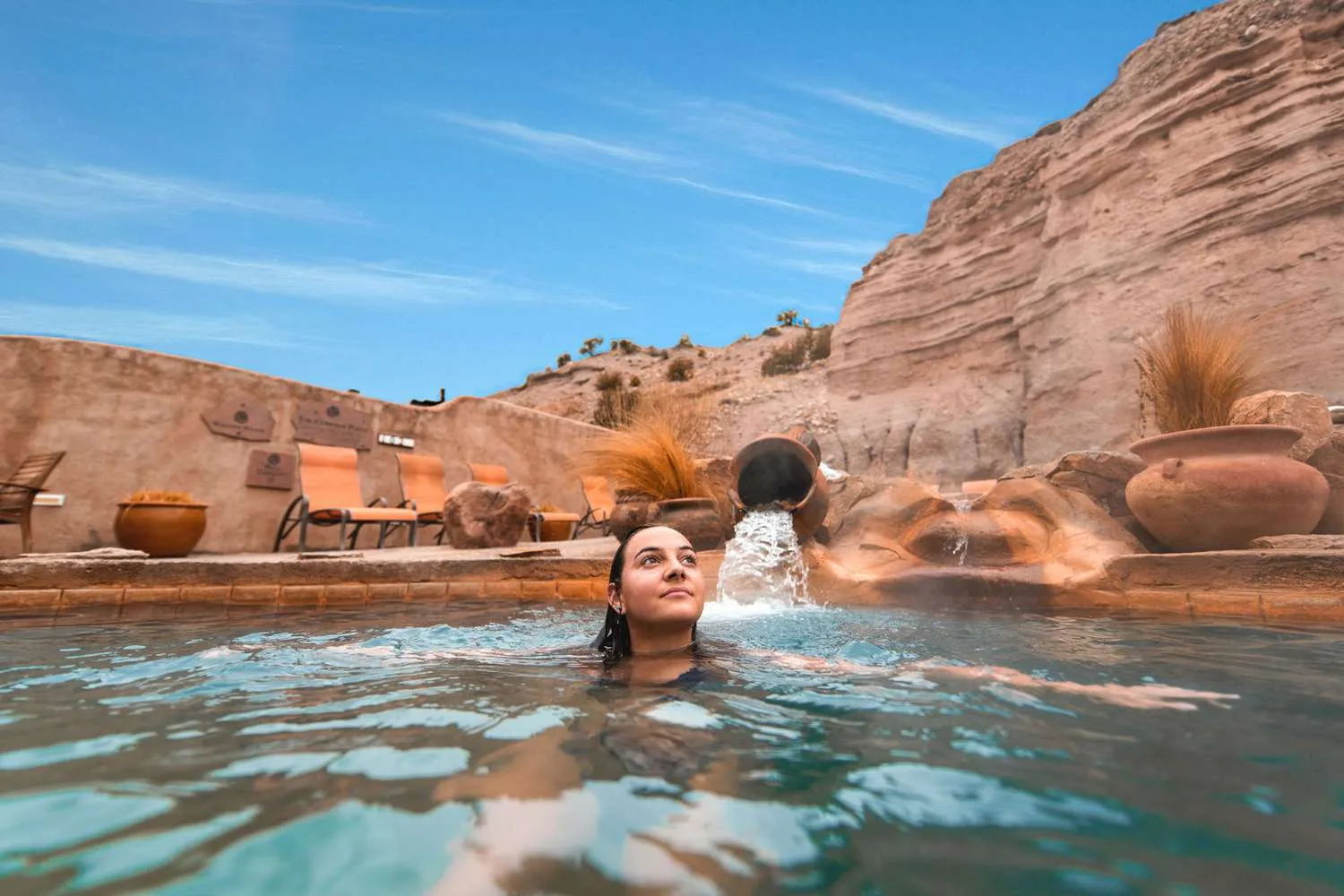Planning a trip to the Great Barrier Reef? Choose eco-tours that support reef conservation. Snorkel or dive responsibly, avoiding touching coral. Opt for reef-safe sunscreen to protect marine life. Reduce plastic use by bringing reusable bottles and bags. Support local businesses committed to sustainability. Responsible tourism ensures the reef's beauty endures.
Planning Your Eco-Conscious Trip
Before you even book your flights, consider these factors to ensure a sustainable visit:
- Timing is Key: The dry season (May to October) generally offers calmer waters, better visibility, and lower humidity. This is ideal for diving and snorkeling. However, it's also peak season, so consider traveling in the shoulder months (April, November) for fewer crowds.
- Choose a Reputable Tour Operator: Look for companies with eco-tourism certifications and a commitment to sustainable practices. These operators often have environmental management plans, support research initiatives, and educate guests about reef conservation.
- Location, Location, Location: The Great Barrier Reef is vast, stretching over 2,300 kilometers. Different sections offer diverse experiences. Consider visiting less-traveled areas to reduce pressure on popular sites. The Southern Great Barrier Reef, for example, offers stunning beauty with fewer crowds.
- Pack Responsibly: Bring reef-safe sunscreen (mineral-based, without oxybenzone and octinoxate), reusable water bottles, and reusable bags. Avoid single-use plastics whenever possible.
Choosing the Right Tour Operator: What to Look For
Selecting a tour operator that prioritizes the environment is essential. Here's a checklist:
- Eco-Certification: Look for accreditation from recognized eco-tourism organizations.
- Environmental Policies: Does the operator have a documented environmental policy? Do they actively reduce waste, conserve water, and minimize their carbon footprint?
- Education and Interpretation: Do they provide informative briefings about the reef's ecology and conservation challenges?
- Mooring Practices: Do they use mooring buoys instead of anchoring, which can damage coral?
- Small Group Sizes: Smaller groups have a lower impact on the reef.
Experiencing the Reef Responsibly
Once you're at the reef, remember these guidelines:
- "Look, Don't Touch": Avoid touching or standing on coral. It's a living organism and easily damaged.
- Respect Marine Life: Don't feed the fish or other marine animals. This can disrupt their natural behavior and ecosystem balance.
- Control Your Buoyancy: If you're diving or snorkeling, maintain good buoyancy control to avoid accidentally bumping into or kicking coral.
- Take Only Photos, Leave Only Bubbles: Remove all trash and debris. Report any pollution you see.
- Follow Instructions: Listen carefully to your guide's instructions and abide by all regulations.
Activities to Enjoy Sustainably
There are numerous ways to experience the Great Barrier Reef while minimizing your impact:
- Snorkeling and Diving: Choose operators who prioritize reef health and safety briefings.
- Glass-Bottom Boat Tours: A great option for those who want to see the reef without getting wet. Opt for tours with educational commentary.
- Sailing: A low-impact way to explore the reef and surrounding islands.
- Island Stays: Choose eco-friendly accommodations on islands with a commitment to sustainability.
How to Contribute to Reef Conservation
Beyond responsible tourism, you can actively support reef conservation efforts:
- Donate to Reef Conservation Organizations: Many organizations are dedicated to protecting the Great Barrier Reef. Consider donating to support their research, restoration, and education programs.
- Participate in Citizen Science Programs: Some tour operators offer opportunities to participate in reef monitoring and data collection.
- Reduce Your Carbon Footprint: Climate change is a major threat to the reef. Take steps to reduce your carbon footprint in your daily life.
- Spread Awareness: Educate your friends and family about the importance of reef conservation.
Comparing Tour Options: Choosing Wisely
Choosing a tour option that aligns with your values is paramount. Here's a comparative chart to help you decide:
| Tour Type | Environmental Impact | Sustainability Practices | Cost | Accessibility |
|---|
| Large Group Snorkeling Tour | Potentially High (crowding, anchoring) | Varies greatly. Check for eco-certifications. | Generally Lower | High |
| Small Group Eco-Tour (Snorkeling/Diving) | Lower (smaller groups, mooring buoys) | Emphasis on reef education and conservation | Moderate to High | Moderate |
| Sailing Trip | Low (wind-powered, minimal disturbance) | Often promotes responsible sailing practices. | Moderate to High | Moderate |
| Glass-Bottom Boat Tour | Very Low (no direct contact with reef) | Depends on operator; look for educational tours. | Moderate | High |
The Future of the Great Barrier Reef: Our Collective Responsibility
The future of the Great Barrier Reef hinges on our collective action. By choosing responsible tour operators, practicing sustainable behaviors, and supporting conservation efforts, we can help protect this natural wonder for future generations. Every small action counts towards preserving this incredible ecosystem.


















